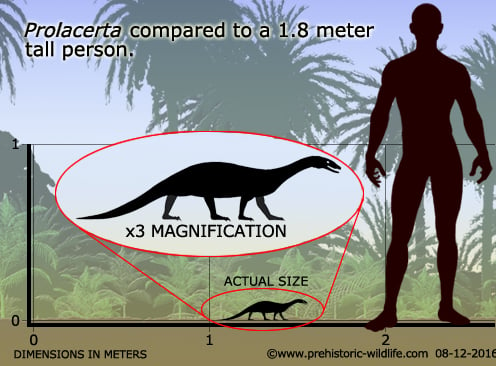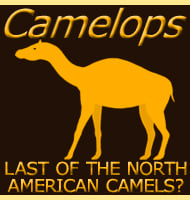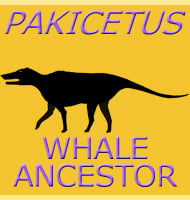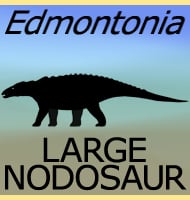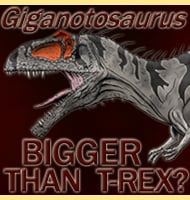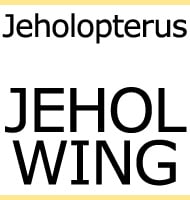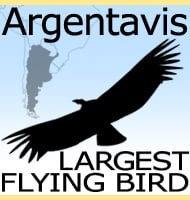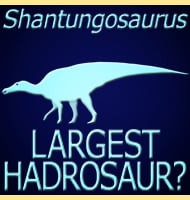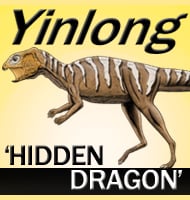In Depth
Once considered a transitional form between archosaurs and lizards, palaeontologists are no longer as certain as they once were as to exactly how Prolacerta were related to these groups. One key observation is that the teeth are rooted deep and fused to the bones, and not loosely implanted like the teeth of known archosaurs. It’s probable that Prolacerta is closer to lizards, though at the time of writing it remains the only genus of the Prolacertidae. Prolacerta does have a small notch between the maxilla and premaxilla like some archosauriforms and rhynchosaurs, though it’s not certain if this is due to a familial relation or convergent evolution.
Further Reading
– Prolacerta and the protorosaurian reptiles; Part I. – American Journal of Science. 243 (1): 17–32. – Charles L. Camp – 1945. – Prolacerta and the protosaurian reptiles; Part II. – American Journal of Science. 243 (2): 84–101. – Charles L. Camp – 1945. – The morphology and relationships of Youngina capensis Broom and Prolacerta broomi Parrington. – Palaeontologia Africana : Annals of the Bernard Price Institute for Palaeontological Research – Chris E. Gow – 1965. – The braincase of Prolacerta broomi (Reptilia: Triassic). – Neues Jahrbuch f�r Geologie und Pal�ontologie – Abhandlungen. 173: 181–200. Retrieved 2018-11-22. – S. E. Evans – 1986. - The skull of the Early Triassic archosauromorph reptile Prolacerta broomi and its phylogenetic significance. - Zoological Journal of the Linnean Society 140 (3): 335. - S. P. Modesto & H. D. Sues - 2004. - The skeletal anatomy of the triassic protorosaur Dinocephalosaurus orientalis Li, from the Middle Triassic of Guizhou Province, southern China. - Journal of Vertebrate Paleontology 28: 95–110. - O. Rieppel, C. Li, N. C. Fraser - 2008.
